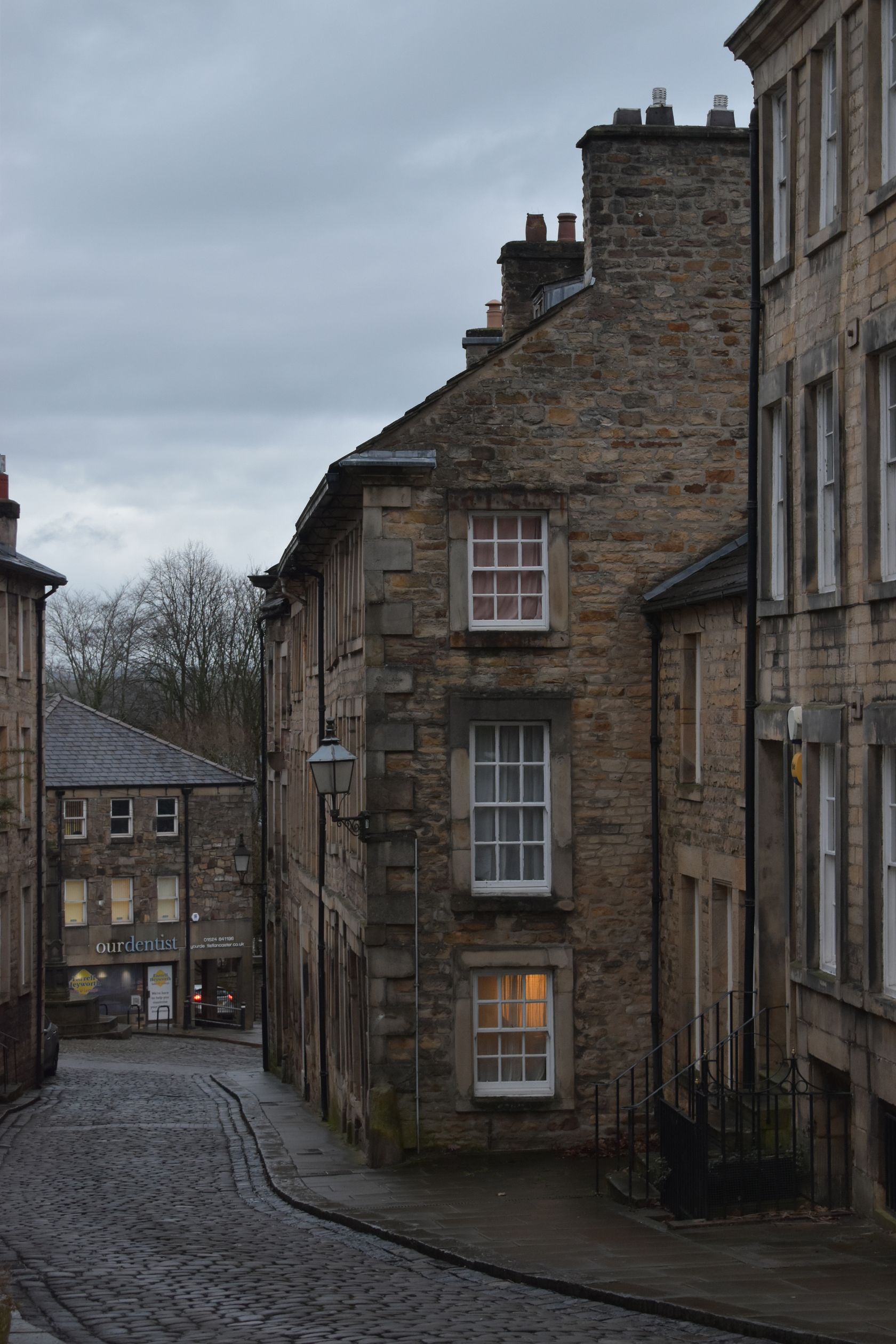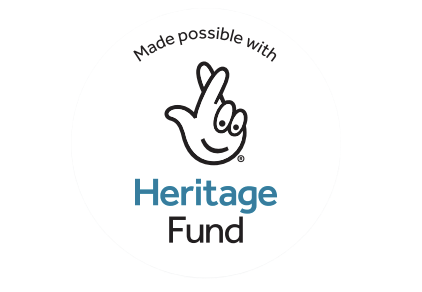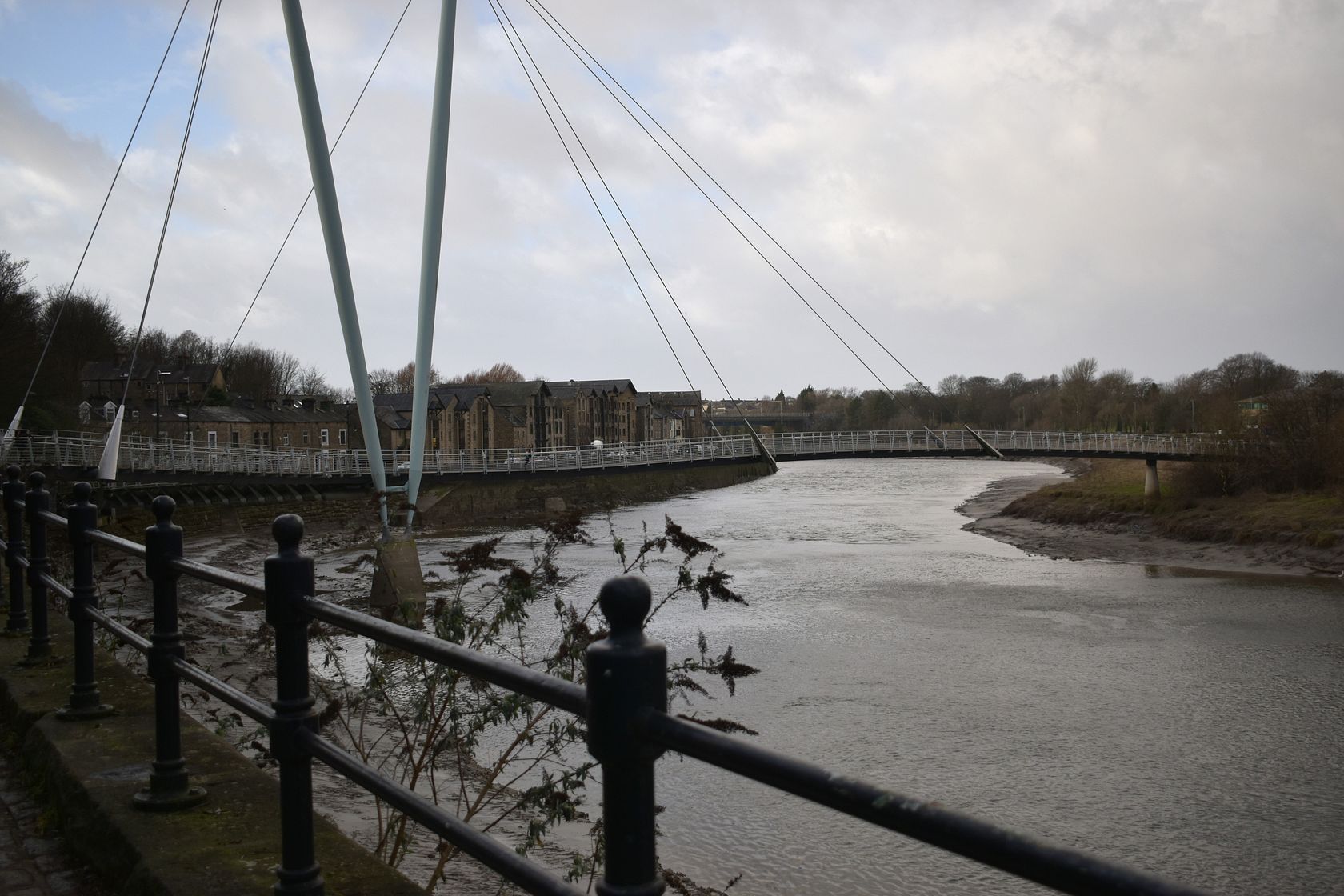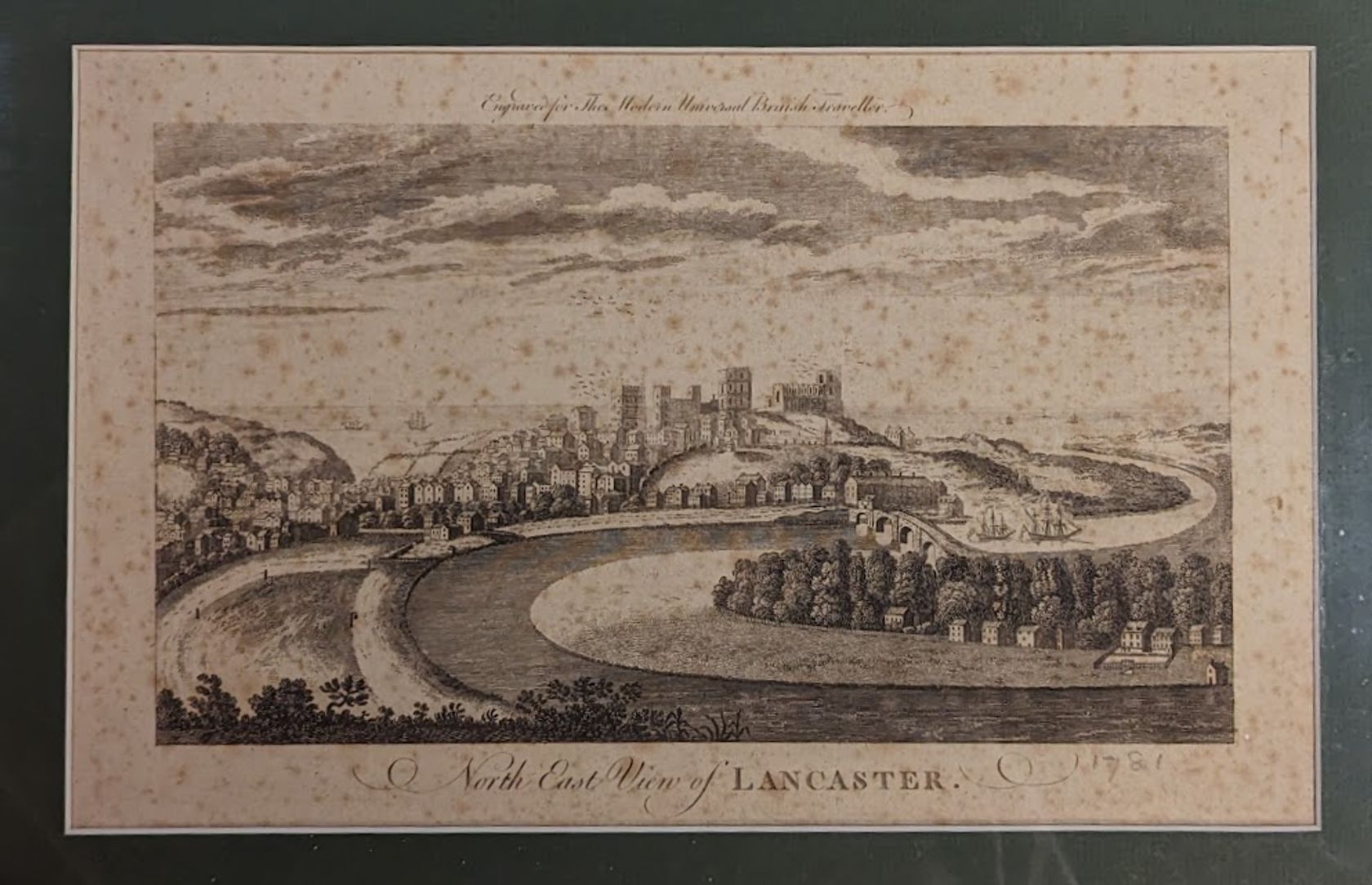
Between 1700-1800 at least 122 ships sailed from Lancaster to the coast of Africa. Merchants with Lancaster connections were involved in the capture and sale of around 30,000 people, making the city the fourth-largest slavery port in Britain. Many of the ships that transported enslaved Africans to plantations in the Americas were built at Brockbank’s shipyards on the site of Green Ayre in the early 1700s.
Lancaster’s slave-trading families worked as agents across the West Indies, contracting merchants to import slavery-produced goods from the plantations in the West Indies such as mahogany, sugar, dyes, rice, spices, coffee, rum, and later cotton for Lancashire’s mills. Fine furniture, gunpowder, woollen, and cotton garments were produced in and around Lancaster and then traded back to Africa for other enslaved people.
Over generations, these slavery trading families accumulated vast amounts of wealth and invested in property, plantations and slaves. Their descendants often invested their inherited fortunes in mills and businesses. If we trace these histories, we can see how the profits from the business of slavery financed the city as we know it today. Because of its deep involvement in the slavery trade, including that of its MPs, it was one of the few towns in Britain that sent a petition to the government in favour of slavery.
However, it was not just the wealthy that were implicated. If you were alive in Lancaster in the 1700s, it was more likely than not that you had in some way been part of the system of slavery. The ships that transported enslaved Africans were built by hundreds of people from the carpeneters, to the sail makers, to the blacksmiths, to the rope makers.
Commodities, like sugar and tea, were extracted through the labour of enslaved people, and when brought back to England were consumed everyday. The British economy within the 18th century was sutained by the trade of human lives and the resources extracted through their enslaved-labour.
Information on this page was drawn from Visit Lancaster's webpage on Transatlantic slavery. This page was created from a presentation given by Professor Imogen Tyler to Lancaster City Council on Lancaster's black history. This presentation was based on research from Imogen's book Stigma: The Machinery of Inequality. A link to both sites can be found below.
Visit Lancaster: https://visitlancaster.org.uk/museums/maritime-museum/the-transatlantic-slave-trade/
Stigma Machine: https://stigmamachine.com/



